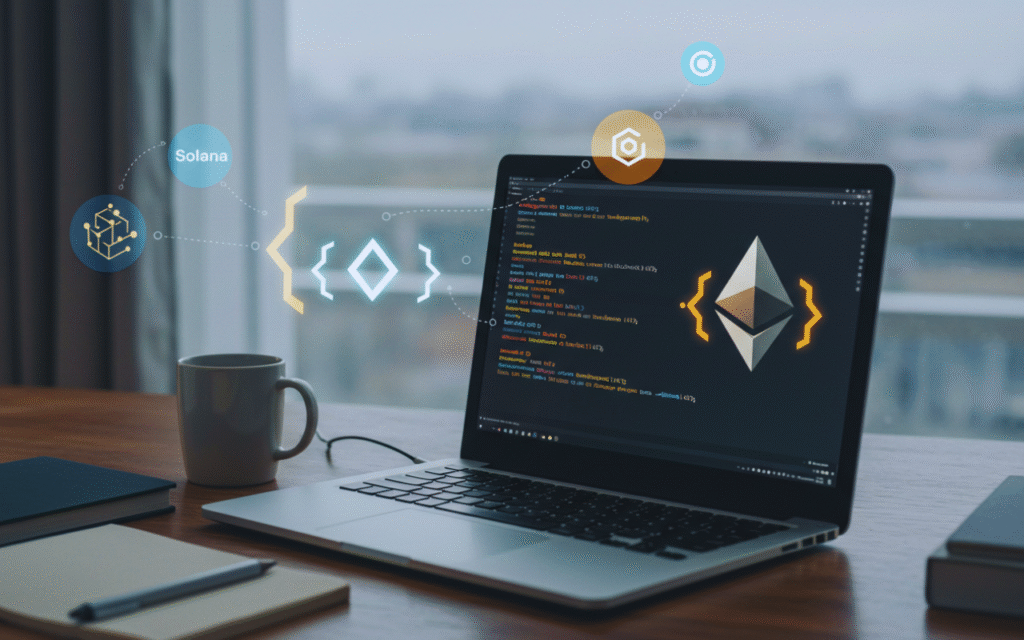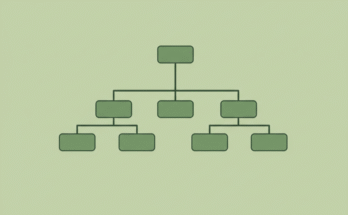Hello, fellow tech enthusiasts! As we step into 2025, the blockchain landscape continues to evolve at a breakneck pace, offering a plethora of opportunities for developers eager to dive into this decentralized world. Whether you’re a seasoned blockchain developer or just starting your journey, choosing the right platform can significantly impact your project’s success. Let’s take a friendly tour through some of the best blockchain platforms that are making waves in 2025.

[Ethereum 2.0] The Powerhouse of Decentralization
Ethereum has long been a favorite among developers, and with the full rollout of Ethereum 2.0, it continues to dominate the space. The transition to a proof of stake consensus mechanism has made Ethereum more scalable, secure, and sustainable. Developers love it for its robust smart contract capabilities, extensive developer community, and the vast ecosystem of decentralized applications (dApps). If you’re looking to build complex projects with a wide reach, Ethereum 2.0 remains a top choice.
[Polkadot] Bridging Blockchains Together
Polkadot is gaining traction as a platform that enables interoperability between different blockchains. Its unique parachain architecture allows developers to create custom blockchains that can communicate with each other seamlessly. This feature is particularly appealing for projects that require cross-chain functionality. With its growing ecosystem and strong support for innovation, Polkadot is attracting developers who are looking to push the boundaries of what’s possible with blockchain technology.
[Solana] Speed and Scalability at Its Core
If speed and scalability are your priorities, Solana might just be the platform for you. Known for its lightning fast transaction speeds and low fees, Solana is ideal for high-frequency applications such as decentralized finance (DeFi) and gaming. Its proof of history consensus mechanism sets it apart, allowing it to handle thousands of transactions per second. For developers aiming to build applications that require high throughput without compromising on security, Solana is an excellent option.
[Cardano] A Research-Driven Approach
Cardano stands out with its commitment to peer-reviewed research and a methodical development process. It’s designed to be a highly secure and sustainable platform for smart contracts and dApps. Cardano’s layered architecture offers flexibility and scalability, making it a strong contender for developers focused on creating robust and reliable applications. With its emphasis on academic rigor and community involvement, Cardano is perfect for those who value a thoughtful approach to blockchain development.
[Avalanche] Customizable and Efficient
Avalanche is another platform that’s making waves with its unique consensus protocol known as Avalanche Consensus. It offers sub-second finality and supports the creation of custom blockchains tailored to specific use cases. Developers appreciate Avalanche for its flexibility and efficiency, especially when it comes to launching new projects quickly. If you’re looking for a platform that provides both speed and adaptability, Avalanche is worth exploring.
[Tezos] Self-Amending and Future-Proof
Tezos is designed with governance in mind, allowing stakeholders to vote on protocol upgrades without the need for hard forks. This self-amending feature makes Tezos future-proof and adaptable to changing needs. Its focus on formal verification also ensures that smart contracts are secure and bug-free. For developers interested in creating applications with an emphasis on security and governance, Tezos offers a compelling environment.
[Flow] Built for the Next Generation of DApps
Flow is tailored specifically for games and consumer applications, making it a popular choice among developers in these niches. Developed by the team behind CryptoKitties, Flow addresses scalability issues faced by other blockchains while providing an easy to use programming environment. If you’re passionate about building engaging consumer experiences or innovative gaming applications, Flow could be your go to platform.
In Conclusion
As we look forward to 2025, the blockchain landscape presents an exciting array of platforms for developers to explore and innovate upon. Each platform offers unique features and advantages, catering to different needs and project goals. Whether you’re drawn to Ethereum’s vast ecosystem, Polkadot’s interoperability, Solana’s speed, or any other platform’s strengths, there’s never been a better time to be a blockchain developer.
Remember, the best platform for your project will depend on your specific requirements and vision. So take your time to explore these options, engage with their communities, and let your creativity run wild in this ever-evolving space.


![[Blockchain Beyond Cryptocurrency] The Untapped Potential Across Industries](https://mineatech.com/wp-content/uploads/2025/08/blockchain-beyond-cryptocurrency-the-untapped-potential-across-industries-348x215.png)
![What Is a Blockchain Consensus Algorithm? [Explained Simply]](https://mineatech.com/wp-content/uploads/2025/08/what-is-a-blockchain-consensus-algorithm-explained-simply-348x215.png)